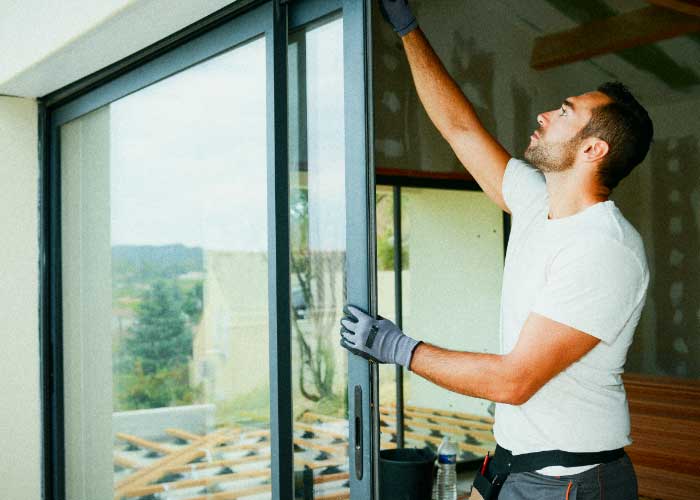Skilled trades remain in high demand in all regions
Access the full report available to members through the HIA website
June 2021 Qaurter
The HIA Trades Report provides a quarterly review of the availability of trades and the demand pressures on those trades. Specifically, the report considers the supply conditions with respect to individual skilled trade categories across Australia and within particular states, as well as the corresponding price changes.
A record year for detached home building has kept skilled trades in very high demand in the June 2021 quarter. The number of detached commencements surged following the announcement of HomeBuilder in June 2020 with the March quarter 2021 reaching the strongest quarterly result since records began in 1969. This has occurred across all jurisdictions and is more than 40 per cent higher than the same time last year when the supply of skilled trades was close to equilibrium.
The HIA Trades Availability Index improved marginally from -0.55 to - 0.53 in the June 2021 quarter. The Index records the availability of skilled trades across all states and territories and this result indicates a significant shortage of skilled trades.
This small improvement reflects quarterly volatility, not a material improvement in the supply of trades. This shortage remains one of the most significant in the past 20 years.
While the index shows that all trades are in short supply, bricklaying has the most acute shortage with an index reading of - 1.07. This is down from -0.53 in the June 2020 quarter. Roofing and Carpentry follow closely behind with index readings of -0.87 and -0.86 respectively.
Electricians have the smallest shortage with an index reading of - 0.11, this is a deterioration from a positive reading of 0.20 in the June 2020 quarter.
Likewise, all the regions measured in the HIA Trades Availability Index had a shortage of skilled trades in the June 2021 quarter. Most regions reported only minor fluctuations compared to the March 2021 quarter.
Regional Queensland had the most severe shortage at -0.94, closely followed by Perth with an index reading of -0.91. This is a significant deterioration, particularly for Perth, compared to the June 2020 quarter when these areas had index levels of -0.10 and +0.64 respectively.
The price of skilled trades in the June 2021 quarter increased by 1.8 per cent compared to the previous quarter to be 2.6 per cent higher than the June 2020 quarter. All trades recorded a price increase over the year to June 2021 with the exception of joinery and painting which recorded modest declines. Painting is typically used at the end of the new home construction process and may not yet have experienced the boom in demand from HomeBuilder. Joinery on the other hand may be more affected by the shortage of timber and other building materials. Demand for joinery will likely be subdued until these material constraints ease.
Roofing, site preparation and bricklaying had the largest increase in price over the year to June 2021, rising by 7.9 per cent, 7.2 per cent and 7.0 per cent respectively. Roofing is in particularly high demand in Queensland due to the storm that hit the state at the end of 2020.
Other finishing trades are expected to experience price increases in the coming months as the surge of homes being built reach the final stages of construction.
© 2021 Housing Industry Association Limited (ABN 99 004 631 752) (HIA)
The information on this page has been prepared by the Housing Industry Association Limited, not HIA Insurance Services Pty Ltd (HIAIS). The views expressed are those of the Housing Industry Association Limited only and do not necessarily reflect those of HIAIS. This information is intended to provide general insurance related information only. HIAIS does not make any representation as to the accuracy of the information on this page and is unable to accept liability for any loss incurred by anyone who relies on it. The recipient of this information is responsible for their use of it.
Copyright © Copyright 2021. HIA Limited is the sole and exclusive owner of all rights, title and interest (including intellectual property rights) subsisting in this publication, including any data, analytics, statistics and other information contained in this publication.
This publication is strictly private, confidential and personal to its recipients. This publication may not be copied or transmitted in whole or in part in any form, including by photocopying, facsimile, scanning or by manual or electronic means. Multiple copies can be supplied by arrangement/for an additional charge. Unauthorised copying is a breach of HIA’s copyright and may make you liable to pay damages. Permission is not given for any commercial use or sale of this material.
The data and information (including commentary) provided in this publication is of a general nature only. While HIA uses commercially reasonable efforts to ensure that: (a) any data and information is current at the time of publishing; and (b) all opinions, conclusions or recommendations are reasonably held or made as at the time of their compilation, HIA does not warrant the accuracy, reliability or completeness of the publication in whole or in part. It is your responsibility to assess and verify the accuracy, completeness and reliability of the information in this publication, and to seek professional advice in relation to that information. To the full extent permitted by law HIA excludes all loss or damage howsoever arising (including through negligence) in connection with the publication.
Featured News and Education

The Ultimate Guide to Insurance in the Construciton Industry
Breaking down the basics of insurance for the construction industry. Learn about the types of insurance to consider and why you might need them.
Read article
Benefits of using an insurance broker
Why use an insurance broker when purchasing your business insurance instead of buying straight from an insurer? The article explains the value that your broker can provide to you.
Read article
How this business went out of business from one customer
Learn about a builder who was forced to shut down their business due to a legal claim being brought against them and how they could have managed this risk.
Read article

